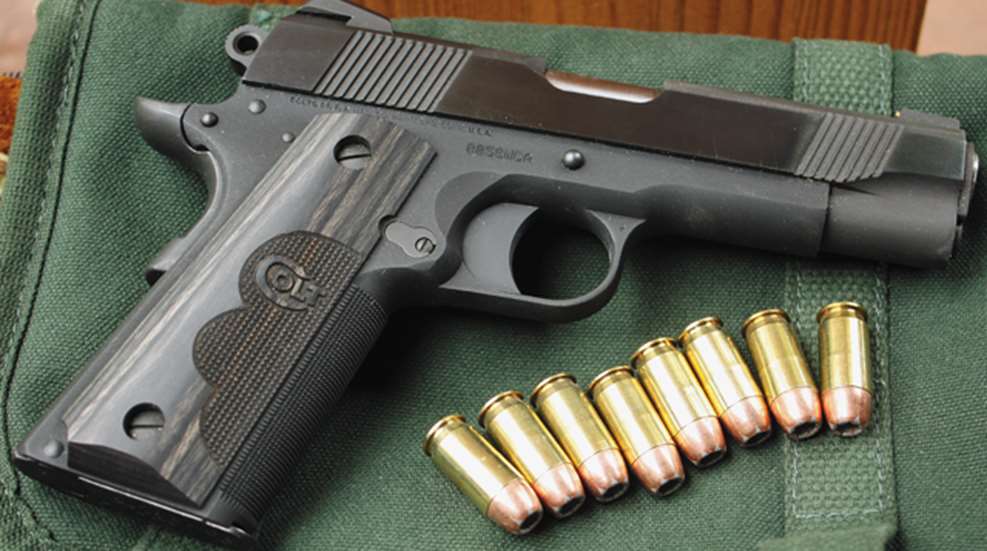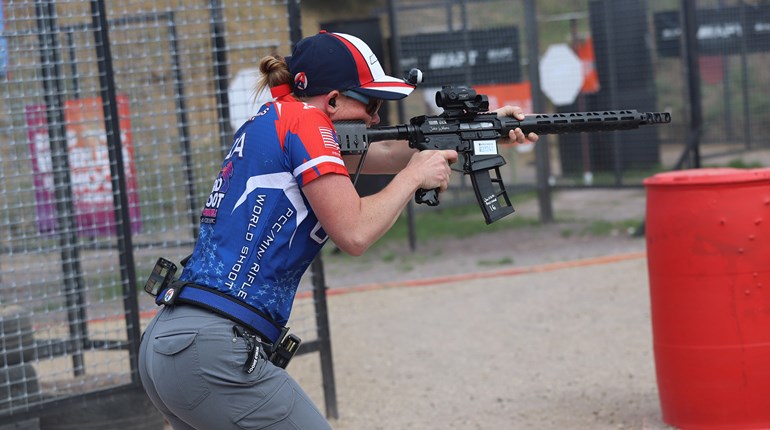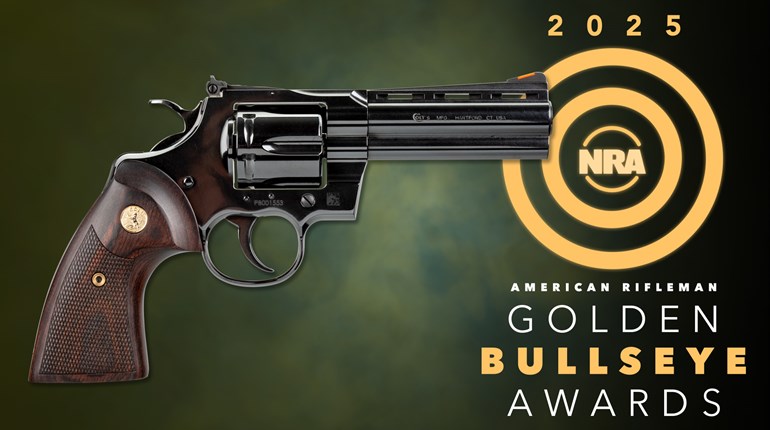
For a concealed-carry handgun, small and light are the prime requirements.
It doesn't take a genius to determine these requirements are seriously at odds with each other. Firearm manufacturers have come up with an excellent solution to this dilemma; they make a variety of guns to fulfill these different objectives. If you have enough money, this works.
Your home-defense gun can be a big-bore with an integral rail that holds a light, laser or both. Your practice gun can be a hand-filling, all-steel 9 mm for comfortable training sessions. And your concealed-carry gun can be a petite polymer semi-auto in .32 or .380 ACP capable of riding in your smallest pocket.
The dilemma is what to do if you want a concealed-carry gun that speaks with authority, is reasonably comfortable to shoot and can be carried concealed with minimal discomfort. Smart companies seek guidance from pros before designing such a gun. And, in the world of handguns, there are few pros with the longevity and experience of Wiley Clapp. Those of you who read this magazine are familiar with Clapp. After a career as an officer in the Marine Corps and as an Orange County Sheriff, he knows the requirements of a fighting handgun, which explains why he writes Shooting Illustrated's "Fightin' Iron" column.
Before anyone gets too upset, we all know it was John Browning, not Clapp who designed the 1911. But, over the century since the 1911's birth, a number of excellent gunsmiths have refined that design to better satisfy a variety of objectives. It has been downsized and upsized for smaller chamberings, stretched, shortened, tuned for bullseye-match performance and dehorned for more-comfortable carry. I know of no handgun that has had as many face-lifts.
Clapp has not redesigned the 1911. He examined the results of more than five decades of personal experience carrying and using fighting handguns and wrote the specifications for what he thought the optimum fighting handgun should be. And while many features have been available in the past, a couple of his suggested changes are so simple, they are brilliant.
First, the pistol is a Colt series-70 Lightweight Commander. Introduced in the 1950s, the Colt Lightweight Commander was decades ahead of its time. I remember reading articles as a kid condemning the aluminum-alloy frame as being "too soft," unsuitable for a serious defensive firearm. Years later the steel-framed Combat Commander was introduced, leaving the press with little to complain about except the shortened barrel and 4.25-inch-long slide.
Back then, concealed carry was not the priority that it is today. The series-70 Colts were simple and rugged with better trigger pulls than subsequent, lawyer-influenced Model 1911s. And if you have never experienced the trigger pull of a well-built 1911, your life is definitely incomplete. The 4.25-inch slide length is perhaps the best all-around compromise between the reliability of a full-size 1911 and the concealability of a 3-inch model. As a bonus, Colt installed a National Match 4.25-inch barrel in the Clapp-inspired 21st Century Commander, originally developed to meet the accuracy requirements of Gunsite Academy.
Another touch not always found on a Commander-sized 1911 is the slide serrations at both front and rear of the slide. I always manipulate the slide using the rear serrations with one important exception—I do a tactile chamber check (the only way to verify loaded versus unloaded status in the dark) by grasping the front slide serrations with my support hand and easing the slide far enough to the rear to touch the chambered round with my trigger finger. Front serrations are a great assist in this.
The sights are excellent and one of the two "brilliant" elements of the gun. First, they are dovetailed into the slide for maximum ruggedness. The rear sight has a set screw and is adjustable for windage. The front sight has a gold bead for enhanced visibility, and it helps in diminished light. Some prefer glow-in-the-dark dots, either on just the front blade or on both front and rear sights; but keep in mind that if you can see the glowing sights in the dark, they may be visible to others. The rear sight isn't a "Novak-like" sight, it is a Novak sight.
The simple-but-brilliant feature of the rear sight is the notch has been widened to .170 inches. This means faster target acquisition with more light visible on each side of the front-sight blade, especially in low-light situations. Of equal importance, the conventional sight picture means you don't lose the ability to precisely place shots at longer ranges.
The gun has what are called "Tactical Oval" grips. It means the grip panels are tapered (narrowed) as they approach the frontstrap and checkered so they merge nicely with the 25-lpi checkering there. The slimmer panels improve the shooter's grip, while the checkered pattern on the panels extends just beyond the fingers of the shooting hand, but no further than necessary. The effect on your grip is something you must feel to appreciate. Combined with the checkering on the backstrap, control is everything I've desired in a gun of this nature.
The beavertail safety on the gun may be of no concern to shooters with small hands, but anyone with meat in the web of their hands always appreciates this feature. Neither is the small slide-stop lever of tremendous significance because it's not usually used under stress, but smaller is better than bigger and bulkier on a concealed-carry gun. The small thumb safety is more significant because it will be operated under stress, and for me at least, slapping the safety off during the drawstroke was automatic and totally reliable.
Clapp chose a long, solid trigger unlike today's popular skeleton triggers with lots of weight-reduction holes. I'm not sure how such weight will be saved by drilling a couple of 1⁄8-inch diameter holes in an aluminum trigger, but I'm certain no debris will ever get stuck in the non-existent holes of a solid trigger. Whether or not the long trigger puts your trigger finger in the optimum position depends on the size of your hand, but I do know it worked for me, and the two petite ladies who visited the range with me absolutely loved the gun. As always, I prefer a 1911 without a guide rod—as long as the gun runs with total reliability. Clapp simply would not tolerate a gun with an occasional stutter, and this one ran flawlessly.
Overall impressions? I'm a bit overwhelmed. The 21st Century Commander is, as advertised, "everything you need and nothing you don't." But, is it coincidental that it's also incredibly beautiful? It might be Colt's marketing savvy, but there's nothing wrong with being both beautiful and deadly. Clapp and Colt have built an outstanding fighting handgun.




































